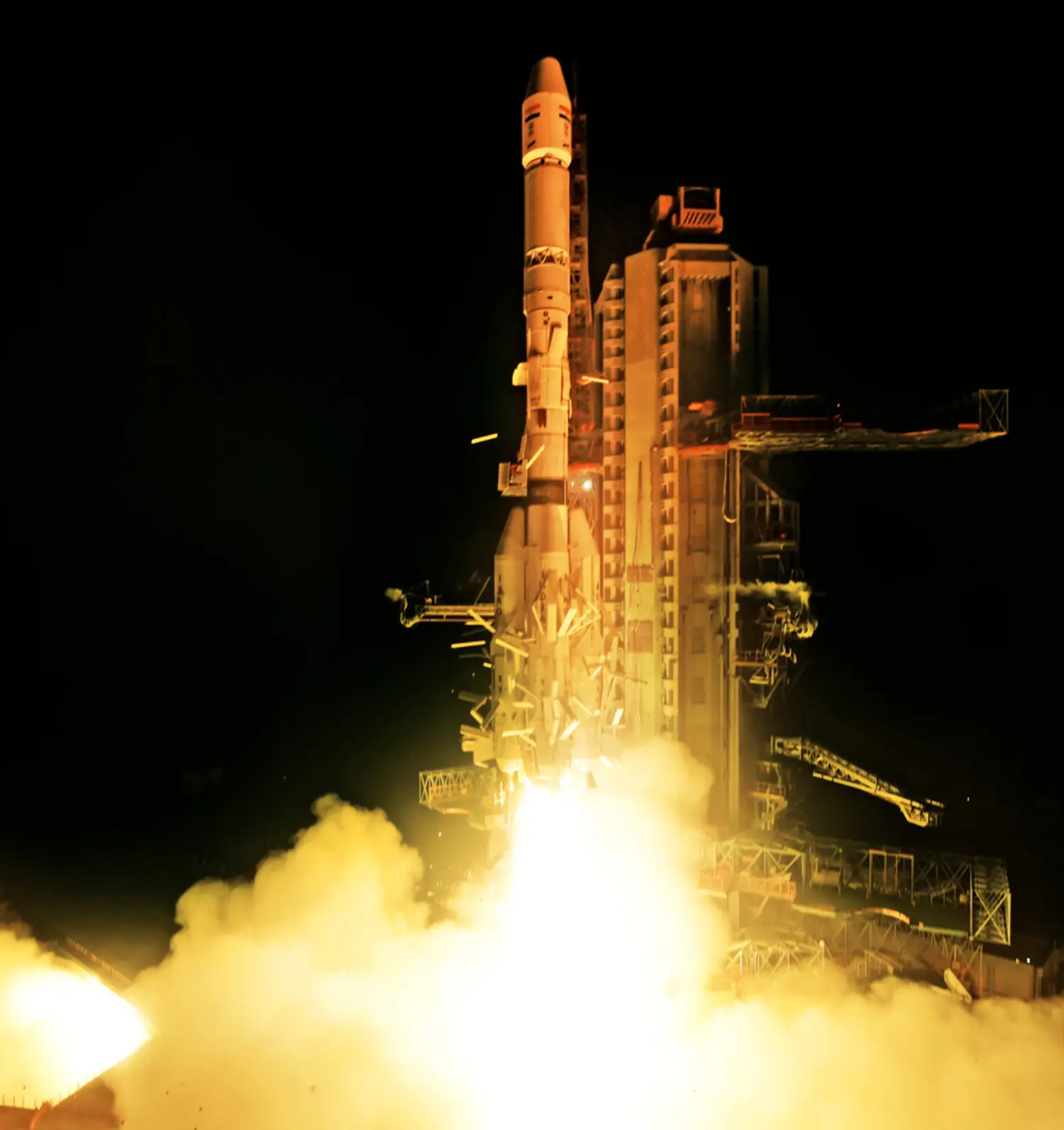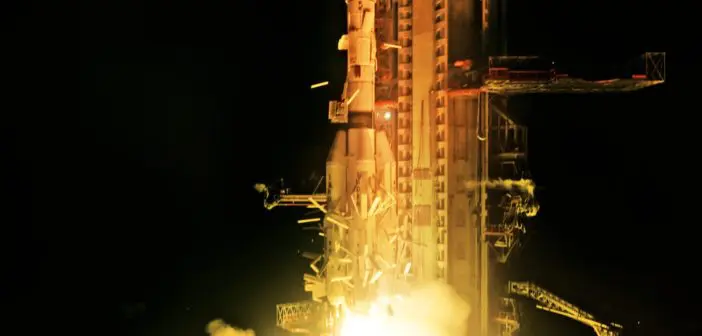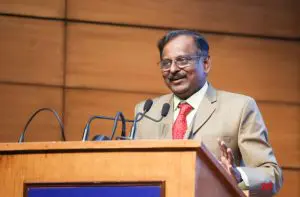
The Indian Space Research Organisation (ISRO) has pushed back India’s first crewed space flight to the first quarter of 2027. ISRO Chairman V Narayanan confirmed the delay during a May 6 media conference in New Delhi.
India’s flagship space program, which will initially put three astronauts into low-Earth orbit for around 48 hours, is designed to demonstrate the country’s space capabilities and vault India into the top tier of space nations.
Indian Prime Minister Narendra Modi unveiled the Gaganyaan mission in 2018, initially aiming for a 2022 launch. ISRO later reset the date to 2025, then 2026, and now 2027.
The 2027 crewed flight will follow three test launches. Two will be uncrewed, and one partly operated by a humanoid robot. ISRO expects to conduct its first test flight later this year.
Narayanan said the propulsion stages were ready for the first uncrewed Gaganyaan flight. He said stacking of the solid motors had commenced. The chairman listed other completed milestones. The solid motors for the crew escape are ready. The structures for the crew module and service module are realised. The mechanical and electrical integration for the crew module are completed, and the ground support systems are ready.
“Integration activities are progressing towards the launch in Q4, 2024,” he said.
Gaganyaan mission proves complex
Narayanan listed several reasons for the Gaganyaan delays. They included the COVID-19 pandemic, the tests required to train astronauts, extra test flights of the launch vehicle, and a revamped Gaganyaan program.
Specifically, it appears ISRO initially under-estimated the technical challenges of operating India’s first crewed space flight. “There are thousands of components and at least one million lines of code that need to be written for ensuring that the crew in the launch vehicle is safe,” said Narayanan.
He also citied the complexities of developing the environment control and life support system.This system will manage cabin pressure, air quality, humidity, temperature, and hygiene inside the spacecraft. “It is a very complex process,” said Narayanan. “But 90% of the work is now complete and we’re in the final phase of testing.”
The initial Gaganyaan program has also expanded. ISRO now plans to operate eight crewed and uncrewed missions through 2028.
India’s space program growing exponentially
“India’s space activities started in 1962,” said Narayanan. “In the last 63 years, we’ve come a long way, and currently, our activities are growing exponentially.”
That growth includes the deployment of a 52-satellite constellation over the next five years. These satellites will improve space-based surveillance and boost the country’s defence capabilities.
ISRO also plans to have the first module of its five-module Bharatiya Antariksh Space Station in orbit by 2028. When complete, it will offer docking facilities in space – making India only one of three countries to provide this. Bharatiya Antariksh will serve as an orbiting human habitat that will, among other things, undertake microgravity research. Narayanan expects all five modules to be in place by 2035.






